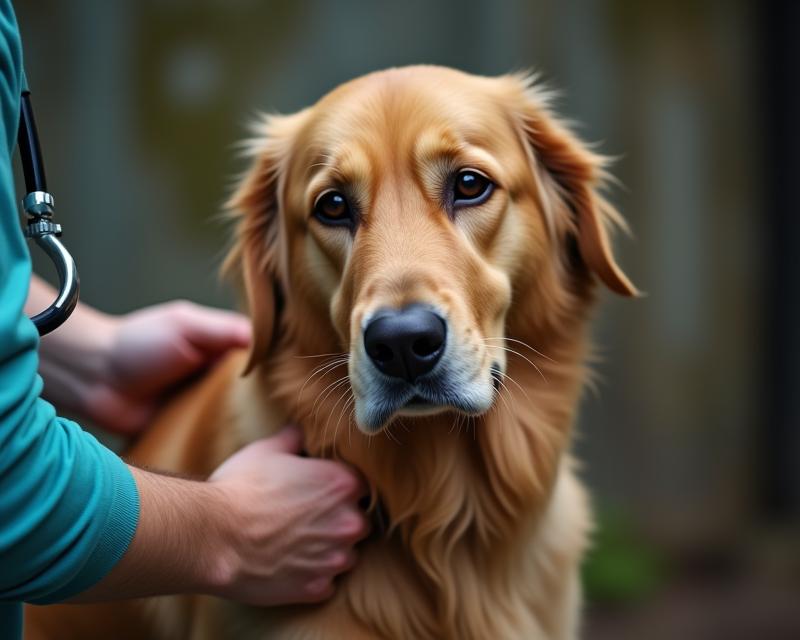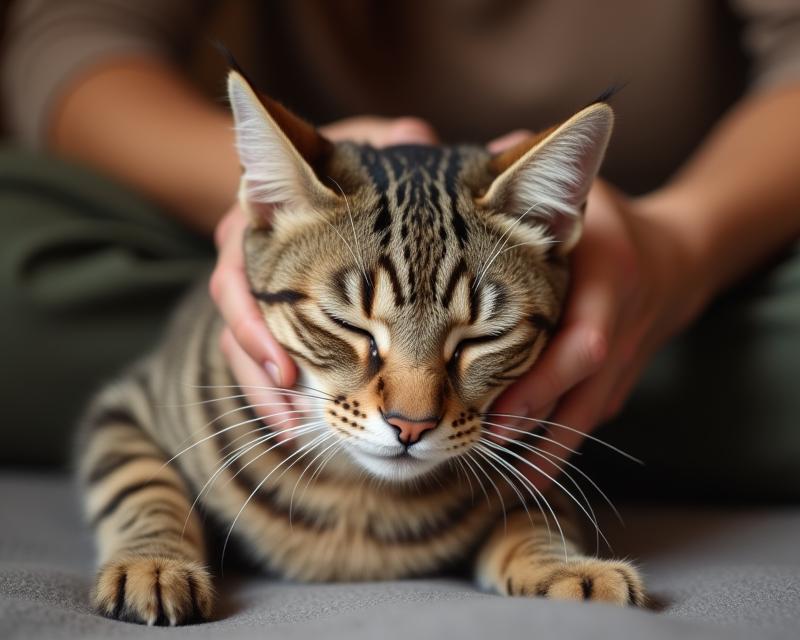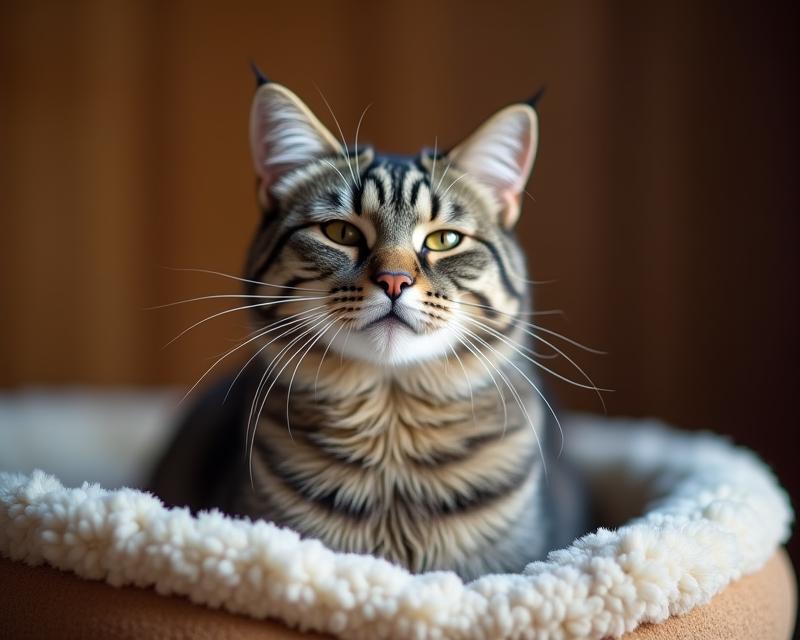Decoding Your Pet's Diet: Food Intolerances & Allergies
Publish in Health el 28/06/2025 23:06
Decoding Your Pet's Diet: Food Intolerances & Allergies
As loving pet parents, we want the very best for our furry, scaled, or feathered companions. A crucial part of that is ensuring they're getting proper nutrition. But sometimes, even the best diet can cause problems. It's important to understand the difference between a food intolerance and a food allergy in pets, as the symptoms and management strategies can vary.

Food Intolerance vs. Food Allergy: What's the Difference?
Many pet owners mistakenly use the terms 'food intolerance' and 'food allergy' interchangeably, but they're not the same thing. A food intolerance is a digestive issue where your pet has difficulty digesting a certain food. This often leads to symptoms like gas, bloating, diarrhea, or vomiting. It doesn't involve the immune system. A food allergy, on the other hand, is an immune system response to a specific protein in food. This can trigger a wider range of symptoms, including skin problems (itching, hives, redness), ear infections, and gastrointestinal upset. In severe cases, food allergies can even cause anaphylactic shock, which is a life-threatening reaction.
Recognizing the Signs
So, how do you know if your pet is experiencing a food issue? Here are some common signs to watch out for:
- Gastrointestinal Issues: Frequent vomiting, diarrhea, gas, or changes in appetite.
- Skin Problems: Excessive itching, redness, hives, hair loss, or recurrent ear infections.
- Other Symptoms: Lethargy, weight loss, or changes in behavior.
It's important to note that symptoms can vary from pet to pet. What triggers a reaction in one animal might not affect another. Keep a detailed food diary, noting everything your pet eats, and any symptoms they exhibit. This can help you and your veterinarian pinpoint potential problem foods.
What to Do If You Suspect a Food Issue
If you suspect your pet has a food intolerance or allergy, the first step is to consult with your veterinarian. They can perform diagnostic tests, such as an elimination diet or allergy testing, to identify the culprit. An elimination diet involves feeding your pet a novel protein source (one they haven't eaten before) for a period of time to see if symptoms improve. Once symptoms subside, you can gradually reintroduce other foods to see what triggers the reaction. Your vet can guide you through this process safely and effectively. Never change your pet's diet drastically without consulting a professional. With careful observation and veterinary guidance, you can help your pet live a happy, healthy life free from dietary discomfort.





